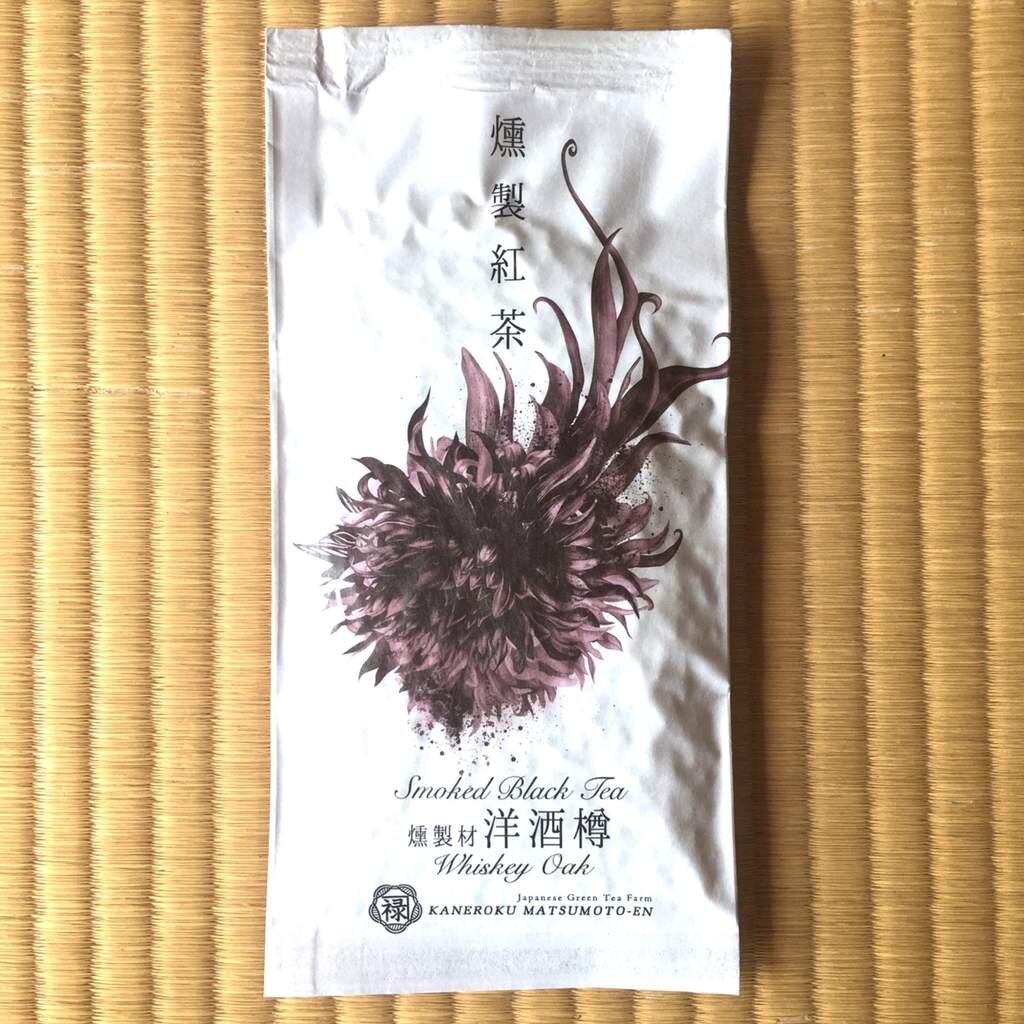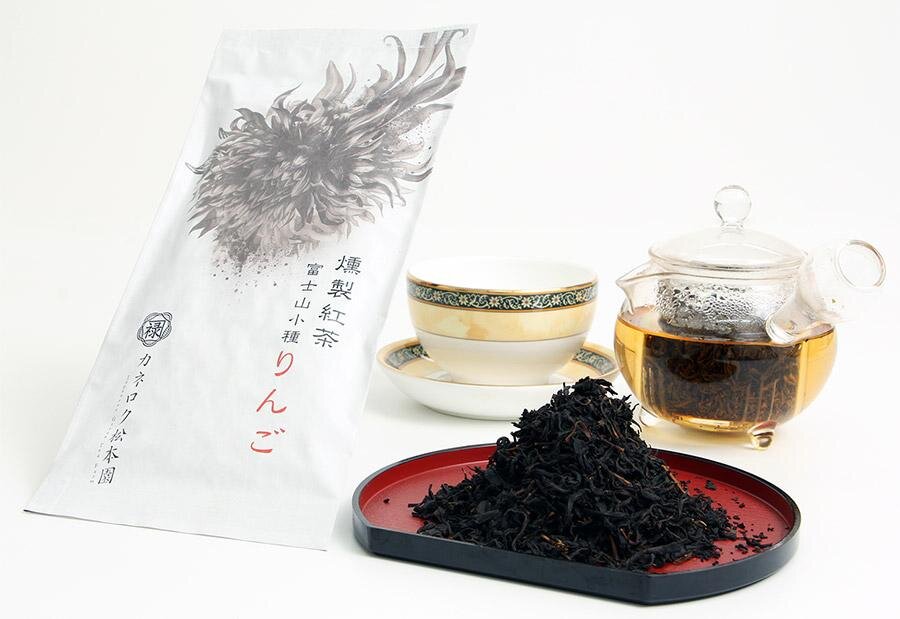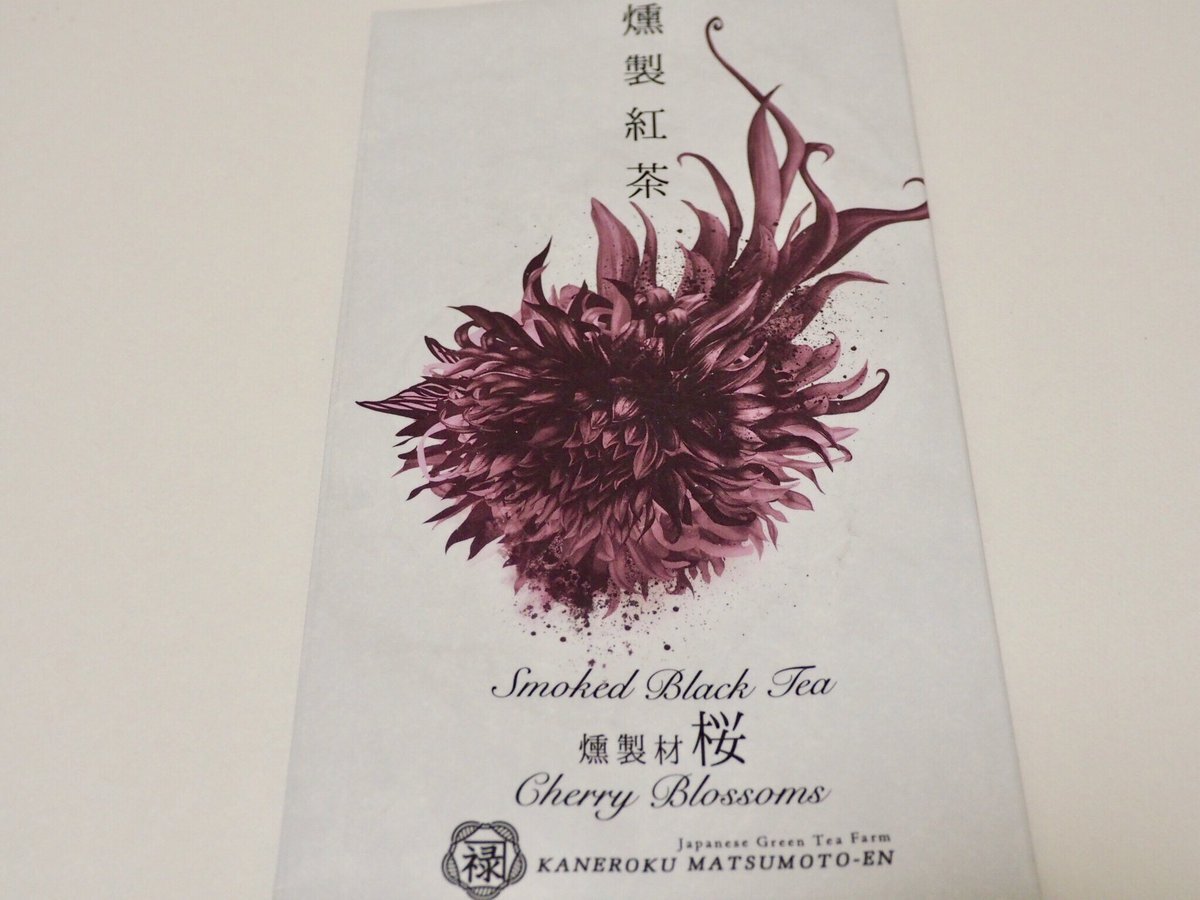Kokeshi, Roasted Tea, Tokyo Story
SAKURAI KOKESHI
The Kokeshi studio of Akihiro Sakurai, is located in Naruko, Miyagi Prefecture, Japan.
Naruko, a very famous spa community, has one of the oldest and strongest traditions of Kokeshi that dates back more than a hundred years. Surrounded by the majestic nature of Naruko and nurtured by a lively flow of travelers, they are always striving for further sophistication while honoring generations of family Kokeshi tradition—meeting contemporary demands while promoting Kokeshi culture. They produce traditional Kokeshis in types such as “Iwazo,” “Mannojo,” and “Eikichi,” (all named after their ancestors) as well as wooden Hina-ningyo type Kokeshs.
Kokeshi has a tradition nurtured by harsh winters, blessing of hot springs, and uncompromising craftspeople-kokeshi, a type of simple, traditional wooden doll, is thought to have originated as a children's toy during the mid-19th century in the hot-springs communities deep within the mountains of today's Miyagi Prefecture. In the mid-20th century, people "discovered" kokeshi, and the emergence of collectors transformed it from an everyday toy to a coveted treasure for all generations. With their stark simplicity and gentle expressions, kokeshis have long been used as beloved gifts suitable to a variety of occasions, such as birthdays, house warmings, weddings, and births, and as unique design objects to illuminate contemporary homes.
Most of the kokeshis are made of Mizuki wood, dogwood/cornus in english. Its name translated in english means "water wood", it is known in Japan to resist well to fire and having a kokeshi at home protects the entire house from it. It is also strong yet light to support its sculpture and painting.
Sakura cherry wood is also a common type of wood used for kokeshis, you can easily see the difference as Sakura is darker compared to Mizuki.
Direction la région de Miyagi, dans la ville de Naruko connue pour ses onsen et ses poupées kokeshi artisanales. Le maitre Akihiro Sakurai nous ouvre les portes de son studio et atelier Sakurai Kokeshi. Vous y découvrirez la fabrication des kokeshi .
Roasted Tea
On the Makinohara Plateau, Shizuoka Prefecture, overlooked by Mt. Fuji, there is a vast 6 hectare tea plantation of Kaneroku Matsumotoen. Kaneroku Matsumotoen, a tea farmer that has been running for three generations. In the Edo period, ancestors cleared the wasteland and started producing tea. 1st, 2nd, 3rd generation.
They are particular about making tea and have expanded our possibilities.
The tea is grown using the Shizuoka tea plantation farming method, which has been awarded the highest ranking of World Agricultural Heritage . In the Oi River basin of Shizuoka Prefecture, the traditional method of farming is to apply grass such as Japanese pampas grass to the tea garden. The farming practices that have been handed down to create good soil in tea cultivation have preserved the diversity of native plants in tea plants. Other sasa, etc. are used as Japanese grass in the tea garden. Through regular harvesting, endangered and rare wildlife species, such as Fennel, Chrysanthemum, Amaranthus carambola, and Lily of the valley, survive with a variety of animals and plants in the grasslands. By cutting the grass, sunlight is brought to the blessings of the earth and life is nurtured.




